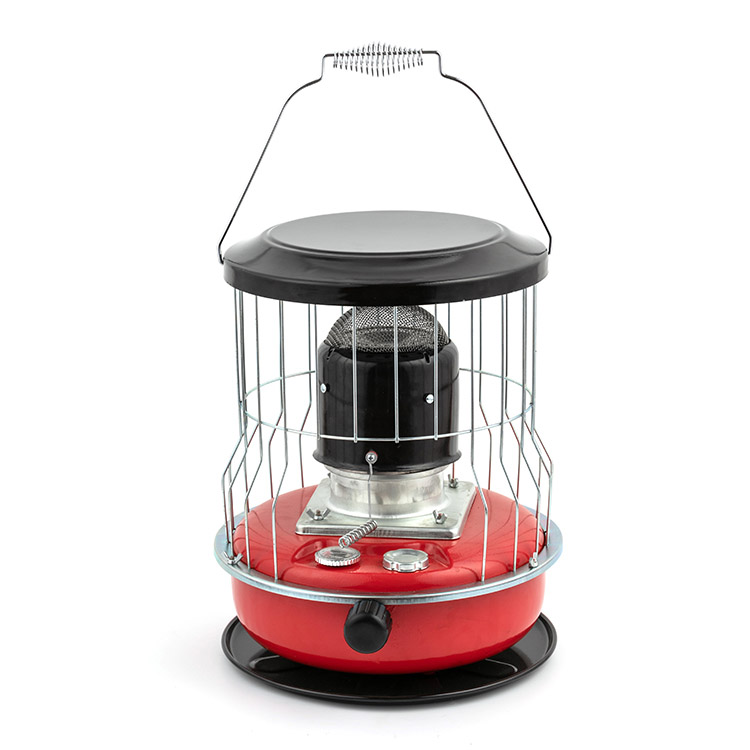Unveiling the Magic: How Outdoor Camping Kerosene Heaters Work
2024-01-05
Introduction:
When the chill of the great outdoors sets in during a camping adventure, having a reliable source of warmth becomes essential. One such trusty companion in the realm of camping equipment is the outdoor camping kerosene heater. But have you ever wondered how these seemingly simple devices generate the cozy warmth that keeps us comfortable in the wilderness? In this blog, we will explore the inner workings of outdoor camping kerosene heaters and unravel the basic principles behind their functionality.
The Basics of Operation:
At its core, an outdoor camping kerosene heater operates on a straightforward yet effective principle. These heaters use kerosene, a combustible hydrocarbon liquid, as their fuel source. The process can be broken down into several key steps:
1. Fuel Reservoir:
The kerosene heater features a fuel reservoir, typically located at the base of the unit. This reservoir stores the liquid kerosene needed for the heating process.
2. Wick Mechanism:
Central to the functioning of the kerosene heater is the wick mechanism. The wick, usually made of fiberglass or cotton, draws up the liquid kerosene from the reservoir through capillary action.
3. Combustion Chamber:
Once drawn up, the kerosene saturates the wick and reaches the combustion chamber. This chamber is a crucial component where the magic happens. It is typically located above the wick and is designed to allow controlled airflow.
4. Ignition:
Before the heat is generated, the kerosene needs to be ignited. This can be done manually using a built-in ignition system or by using an external flame. Once ignited, the flame establishes itself at the top of the wick.
5. Heat Generation:
As the flame dances atop the wick, it causes the kerosene to vaporize. This vapor is then mixed with air in the combustion chamber. The result is a controlled and efficient combustion process that produces heat.
6. Radiation and Convection:
The generated heat is radiated outwards, warming the surrounding air and surfaces. Some models also use convection principles, allowing the heated air to rise and circulate, distributing warmth more effectively.
7. Adjustable Settings:
Many outdoor camping kerosene heaters come equipped with adjustable settings to control the intensity of the flame and, consequently, the amount of heat produced. This feature provides campers with the flexibility to tailor the warmth to their specific needs.
Conclusion:
Understanding the basic principles behind the operation of outdoor camping kerosene heaters adds a layer of appreciation for these compact, portable heat sources. The ingenious combination of fuel, wick, and controlled combustion transforms liquid kerosene into the radiant warmth that makes chilly camping nights more enjoyable. So, the next time you cozy up to the comforting heat of a kerosene heater during a camping trip, you can marvel at the simple yet effective science at play.



